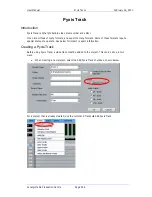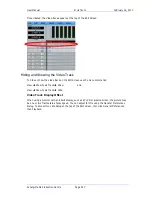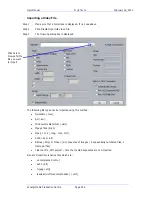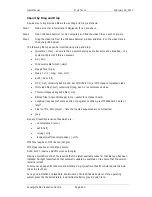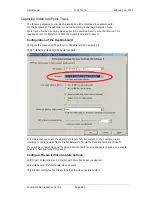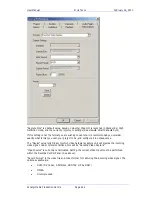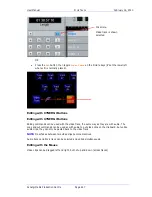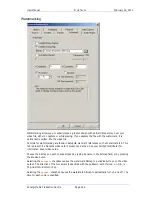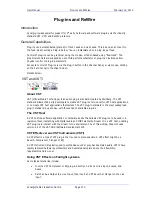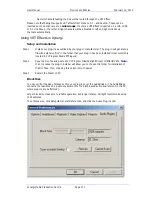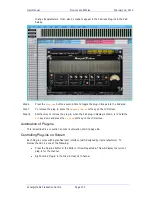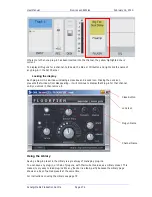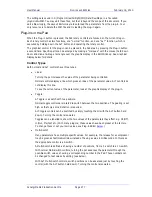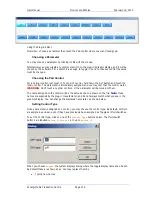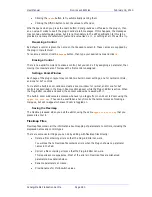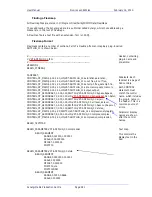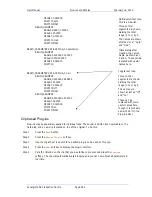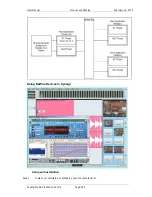
User Manual
P
LUG
-
INS AND
R
E
W
IRE
February
16,
2010
Xynergi Media Production Centre
Page 270
Plug-ins and ReWire
Introduction
Xynergi provides powerful support for 3
rd
party hardware and software plug-ins via the industry
standard VST, VSTi and ReWire protocols.
General Capabilities
Plug-ins can be instantiated (placed) in Track Feeds and Live Feeds. This is done as an Insert to
the feed. See Inserting a Plug-in below. You can instantiate up to 6 plug-ins per feed.
Control of plug-ins can be graphical, using the mouse, or fader-based using “fleximaps”. The
graphical controls are supplied by each third party manufacturer of plug-ins. Fleximaps allow
physical control of plug-in parameters.
Access to control of Plug-ins is via the Plug-in button in the Channel Panel, or via mouse, clicking
on the Fat Channel in the Mixer Screen.
Details below.
VST and VSTi
About VST
VST (Virtual Studio Technology) is an audio plug-in standard created by Steinberg. The VST
standard allows third party developers to create VST plug-ins for use within VST host applications,
or to create VST host applications themselves. The VST plug-in standard is the most widespread
plug-in standard in use today, with thousands of available plug-ins.
The VST Host
A VST host is a software application or hardware device that allows VST plug-ins to be used in a
logical context, interacting with digital audio and MIDI elements. Dream II is a VST host, enabling
VST plug-ins to interact with the Dream II mix environment. As of this writing, Dream II uses
version 2.4 of the VST SDK (Software Development Kit).
VST Effects versus VST Instruments (VSTi)
A VST effect is a type of VST plug-in that is used to process audio. A VST effect might be a
Reverb, Compressor, Flanger or EQ.
A VST Instrument is typically used to synthesize sound or play back sampled audio. VSTi’s have
rapidly replaced hardware synthesizers and dedicated samplers due to their flexibility,
repeatability and low cost.
Using VST Effects on Fairlight systems.
Some typical scenarios include:
Insert a VST Compressor or EQ plug-in directly on a track or live input, busses, and
Auxes.
Patch an Aux Output to a Live Input, then insert an VST Reverb or Flanger on the Live
input.

